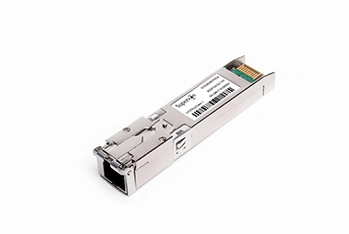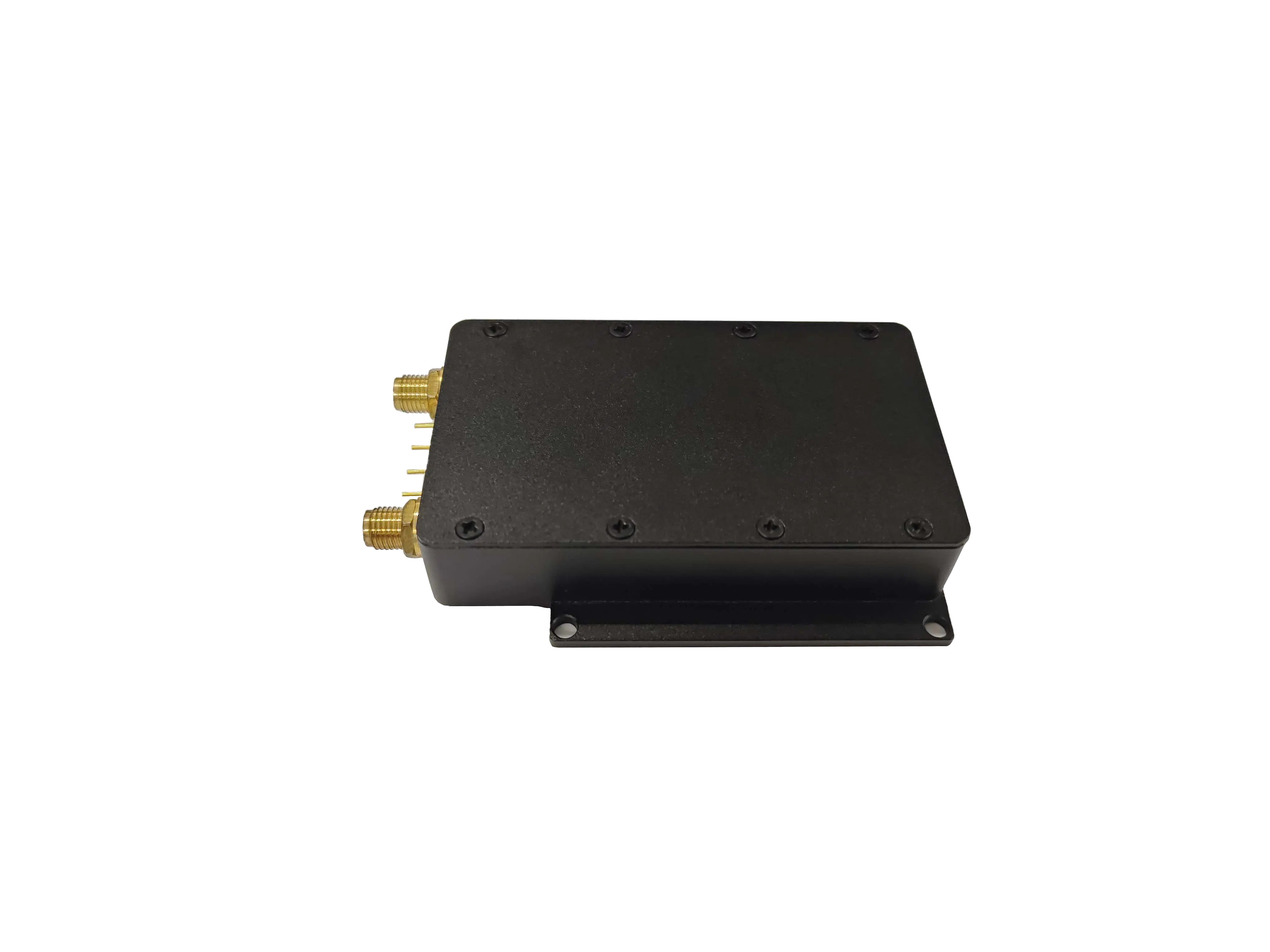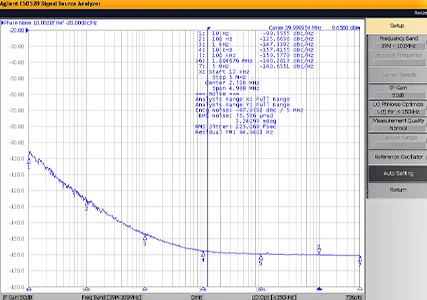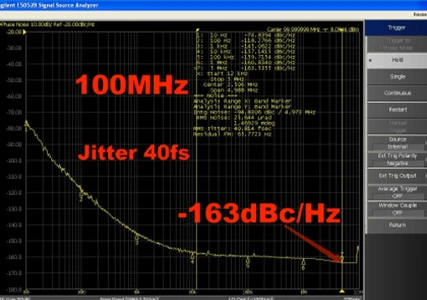SPXO is the simplest crystal oscillator, essentially the commonly used active crystal oscillator. It is a frequency device formed by integrating and assembling crystal components and oscillation circuits according to design requirements on a PCB circuit board and encapsulated with a metal shell. It is usually used as a clock device for microprocessors.
SPXO is a high-performance, low-power crystal oscillator. It is suitable for various electronic devices such as communication equipment, consumer electronics, medical devices, etc. This crystal oscillator has characteristics such as high stability, high precision, and low aging rate, meeting the needs of various application scenarios.
SPXO is usually divided into two types: one is a CMOS output crystal oscillator, and the other is a differential output crystal oscillator. So, what is the difference between these two types of crystal oscillators?
Differential crystal oscillator is mainly used to generate high-frequency signals (such as clock signals) and is widely used in electronic systems. For instance, in computers, wireless communication, precision measurement, and signal processing fields, common differential signal outputs include LVPECL, LVDS, HCSL, and there is also a type of CML signal output.
Frequency Generation: The primary function of differential crystal oscillator is to generate high-frequency, stable clock signals, which are the basis for the normal operation of electronic circuits.
Enhancing Anti-Interference Capability: Differential signals have strong anti-interference capability. When external noise interferes with the signal, differential signals can effectively cancel out common-mode noise, thereby improving the system's stability and reliability.
Reducing Electromagnetic Interference: Due to the characteristics of differential signals, they can effectively reduce the electromagnetic interference emitted by the system. This is especially important in high-frequency applications.
High-Speed Performance: Differential crystal oscillator can usually provide higher frequencies and faster transition times, making it very suitable for high-speed digital circuits.
 English
English français
français Deutsch
Deutsch Español
Español русский
русский







